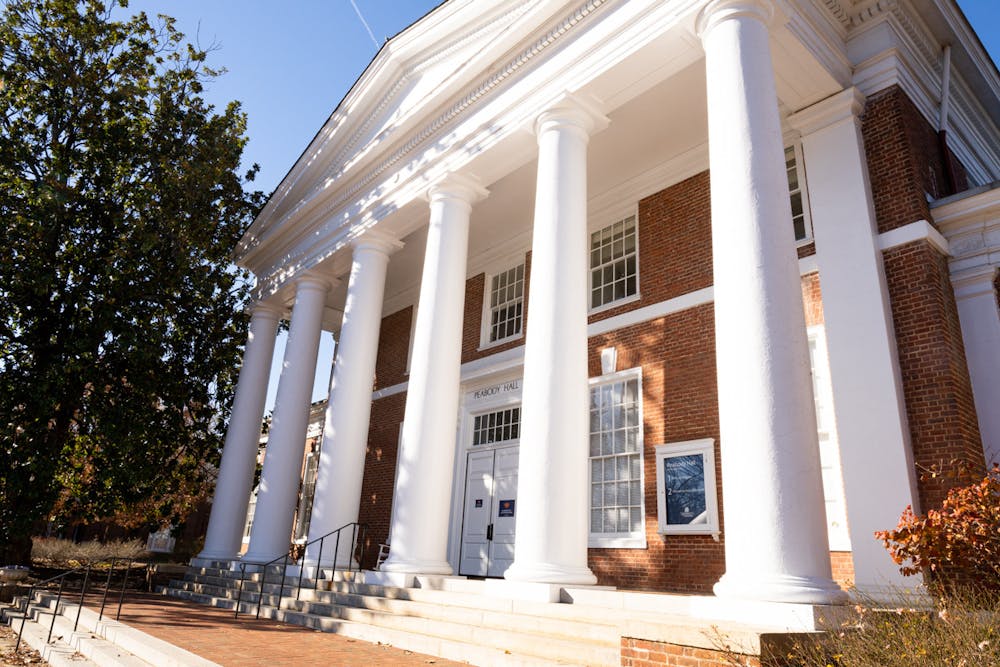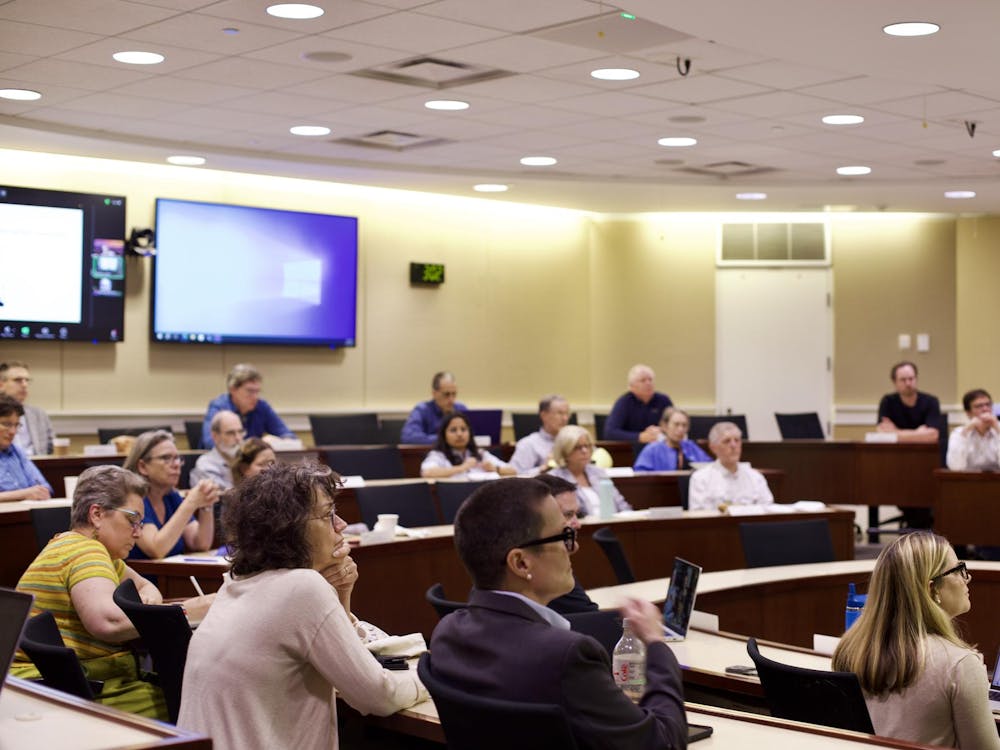The University admitted 1,113 students from the University’s largest-ever pool of 4,466 early decision applicants — about 25 percent were granted acceptance. Early decision results, which were released Dec. 15, also saw 1,179 students waitlisted.
The early decision application pool broke the previous year’s record of 4,243 applications by 5 percent. This year’s acceptance rate was also slightly higher than that of fall 2022, increasing from 24.5 percent to 24.9 percent.
Early decision applications allow students to apply to the University through a binding admission plan, with applications due Nov. 1. While the University ended its early decision program in 2006, it was later reimplemented in 2019 and has remained since.
The University admitted 782 in-state students and 351 out-of-state students, increasing by 12 percent and 3 percent from fall 2022, respectively. 73 international students also received offers of admission, a 22 percent increase from the previous year’s early decision cycle. As a public institution, the Virginia State Legislature mandated that in-state students must comprise two-thirds of the University’s undergraduate student body.
Additionally, the University extended offers of admission to 150 first-generation students, marking a 15 percent increase from the previous year. 53 of the admitted early decision applicants came from high schools partnered with the University through the Virginia College Advising Corps, an organization that works to increase the number of underrepresented students in higher education.
Notably, the University did not provide a breakdown of early decision admittees by race, a departure from previous years. The Supreme Court of the United States ruled against race-conscious admissions at Harvard and the University of North Carolina in June, effectively ending the long-standing practice of affirmative action in the college admissions process. Affirmative action is a practice that has historically allowed colleges to consider applicants' race and ethnicity in an effort to ensure diversity among their student populations.
Following the ruling, the University removed questions related to the applicant’s race and ethnicity from its Common Application, instead giving applicants a space to discuss these aspects of their identity in essay questions relating to their personal experiences. Additionally, in a statement to the University community, University President Jim Ryan wrote that the University would both follow the law and continue to admit a diverse pool of applicants.
Further statistics related to this year’s early decision admittees are not currently available. Regular decision applications are due Jan. 5, and decisions will be released by April 1.







